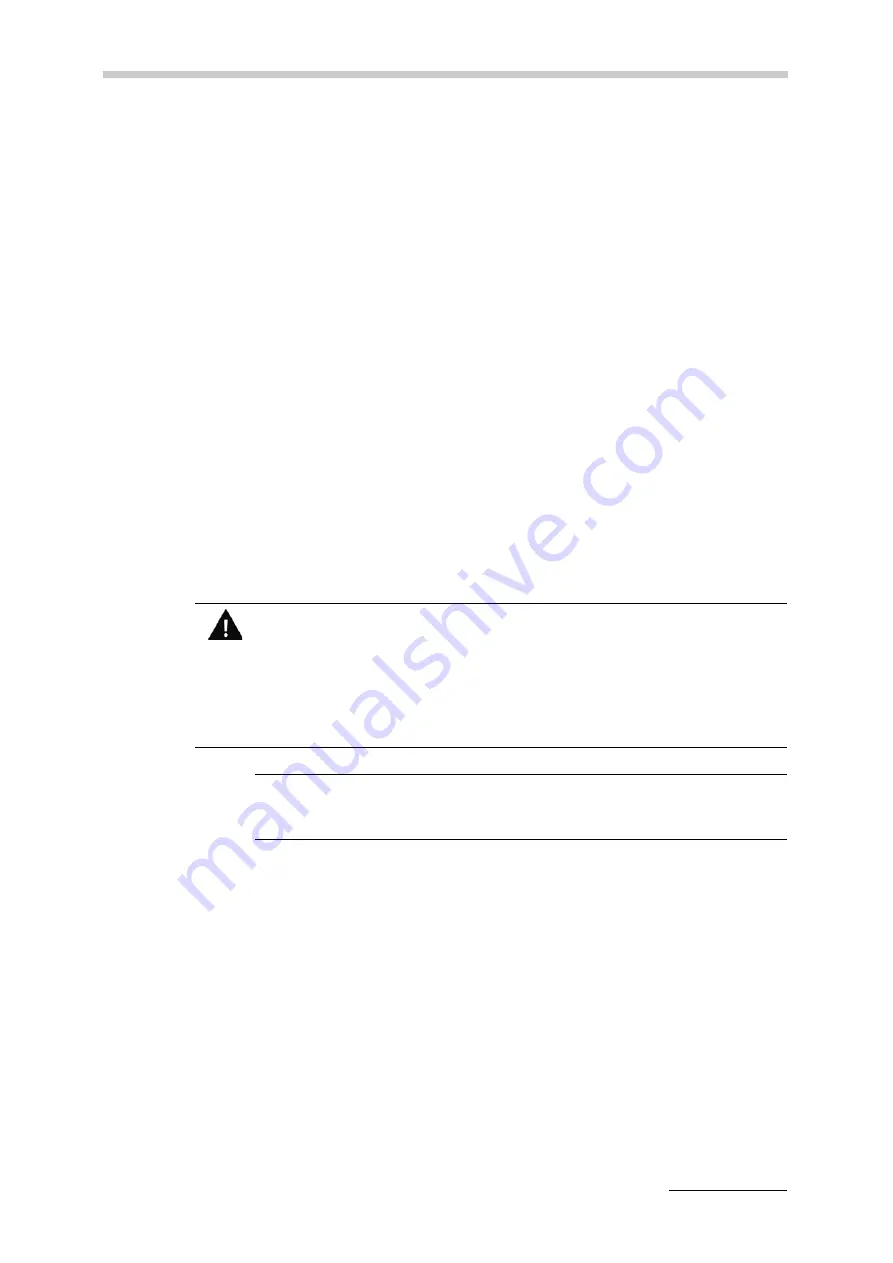
14 Cleaning and Storing the Instrument
C76IB003EN-E
81
TIP
FillingCheck
TM
provides excellent support to the operator for samples of low and
medium viscosity ranges. High viscous samples above 3000 mPa·s, which firmly
enclose contained air bubbles, might not be analyzed correctly and generate a
filling warning even if filled without bubbles.
Diagnosis window
The appearance of the <Diagnosis> quick access button indicates the current
error status (see the section "Quick access buttons" in Chapter 6.4). Tapping the
button opens the diagnosis window where the general status of the DMA M and
the measuring errors that occurred within the current sample list are displayed.
14 Cleaning and Storing the Instrument
To assure a constant and high accuracy of your measurements, employ a regular
and effective cleaning routine and store the instrument under the recommended
conditions.
14.1 Cleaning and Drying the Measuring Cell
Cleaning frequency
Clean and dry the measuring cell at least after each working day or working shift.
Cleaning more frequently can be necessary ...
•
when you perform adjustments.
•
when you measure a sample that is not miscible with the previous sample
(e.g., water after a petrochemical sample).
•
when you want to measure using a minimum sample amount.
•
when you measure a sample that could chemically react with the previous
sample.
WARNING
Liquids leaking from the instrument may lead to injuries and risk of fire.
Before filling any sample or cleaning liquid into your DMA M, make sure that:
•
all safety instructions concerning the use of chemicals and the use of
flammable chemicals are met (see Chapter 2).
•
all wetted parts are resistant (see Appendix A.2).
NOTICE
Do not use any mechanical action for cleaning the measuring cell.
















































